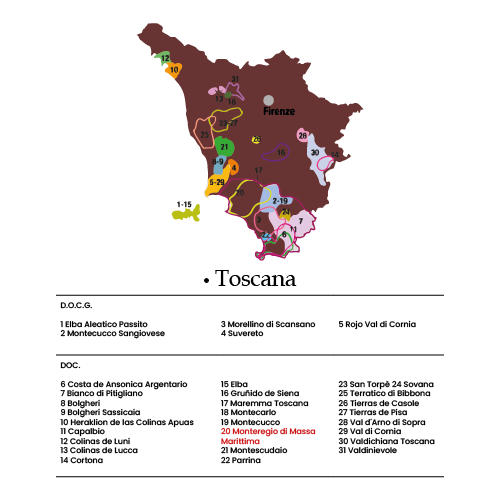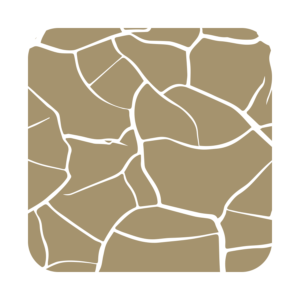 Chianti Rufina Riserva 2019
Chianti Rufina Riserva 2019Chianti Rufina Riserva 2019
 Organic
Organic
 Vegan
Vegan
Information
- To nothing: 2019
- Country: Italy
- Region: Tuscany
- Grape variety: 90 % Sangiovese, 10% Colorino
- Floor: clay loam
- Vineyard size: 12 Has
- Plant density per hectare: 5000
- Vinification and aging: The vine-harvest (completely done by hand) usually starts the first week of October. Each vineyard is harvested by hand, in several steps, only when the grapes are ripe. Each part is fermented separately. The grapes are moved to a terrace situated on the roof of the cellar where there is the destemmer. The must enters directly by gravity the cellar’s woody containers (capacity 20-30 hectolitres) through some openings of the terrace. During the alcoholic fermentation (at controlled temperatures: 28-30°C) we manually press the skins. The liquid and the skins are in contact about 30 days then they are divided, and the wine is transferred into the barrels (capacity: 225-500 liters) where the malolactic fermentation takes place. The wine lies in the barrels for about a year, later it is moved into concrete containers and after 4-6 months we bottle it. The wine is refined in the bottles for a further year.
$1,050.00

Frascole, a border area. A few steps away, between the vineyards or in the small town, the view suddenly changes. Now you look at Mugello, now at Valdisieve, with your gaze towards those distant hills that enclose Florence. Important archaeological finds attest to the cultivation of vines on this soil as early as the time of the Etruscans.
We are between 300 and 500 meters, where the climatic characteristics of the Chianti Rufina area are extreme. Here artisan wines are born, followed by the vineyard and the winery by the bottle.


1992
Foundation year
15
Hectares of vineyard
-
Bottles produced
Sangiovese, merlot and cabernet sauvignon
cultivated grapes
Organic
viticulture
What we mean by organic viticulture

Organic fertilizers are used
as compost, manure and
other natural materials to enrich the soil and provide the nutrients necessary for the growth of vines.

Techniques are implemented to prevent soil erosion, such as planting vegetative covers between the rows of vines and applying minimal or no tillage practices.

During the winemaking process, chemical additives are avoided and the handling of the wine is minimized. The use of natural yeasts and the reduction of sulfites are encouraged.
Related products
- Pelissero
- Coppo
- Don Antonio
- Zafferano











